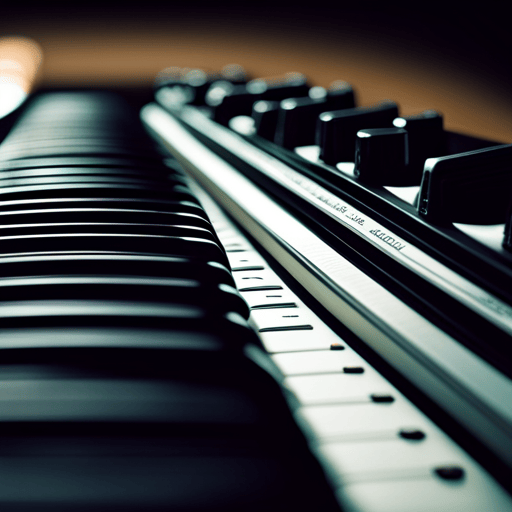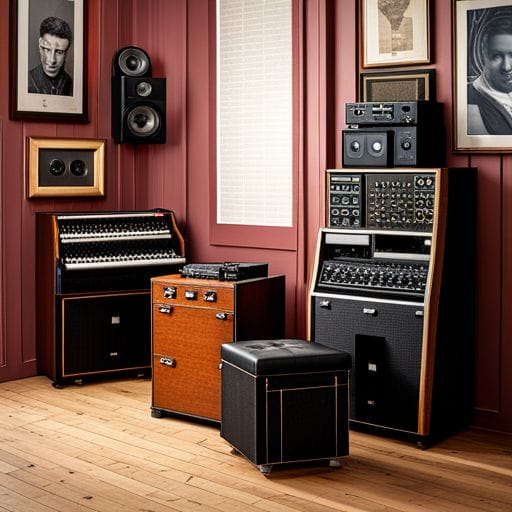Clipping vs Limiting

What are the potential implications of using clipping instead of limiting in PAA, and vice versa?
: Understanding the Key Differences
In the world of audio production, the terms ”clipping” and “limiting” are often tossed around. Both terminologies play a pivotal role in sound engineering, dictating the quality and clarity of the output. However, they are not interchangeable and represent different technical processes in audio manipulation. This article aims to shed light on the differences between clipping and limiting, discussing their uses, effects, and characteristics.



